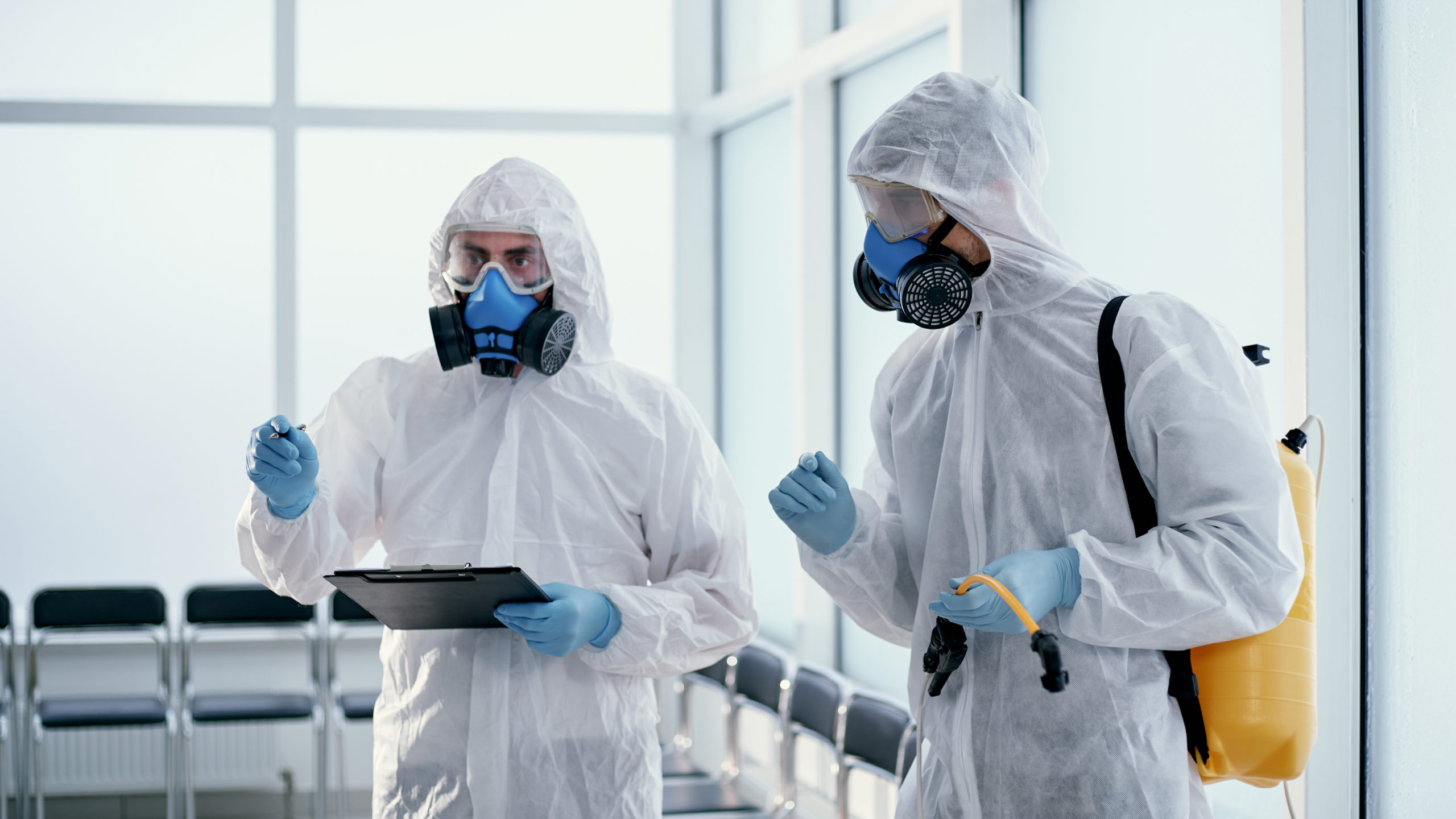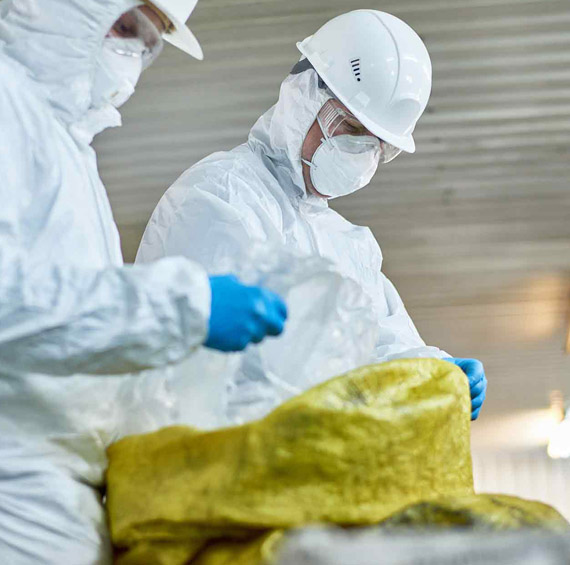Specialist Homicide and Suicide Cleanup: Compassionate and Discreet Providers
Specialist Homicide and Suicide Cleanup: Compassionate and Discreet Providers
Blog Article
Professional Biohazard Cleansing and Decontamination for Blood, Bodily Fluids, and Hazardous Materials
In the world of biohazard cleaning and purification for blood, bodily liquids, and dangerous products, precision and knowledge are paramount. The prospective health and wellness threats related to direct exposure to biohazards underscore the critical requirement for careful handling and detailed clean-up. Specialized training furnishes experts with the understanding and abilities needed to resolve these unsafe scenarios effectively. Nonetheless, it is not just about cleaning up; the value of using proper decontamination methods can not be overemphasized. As we browse the complex landscape of biohazard cleaning, comprehending the nuances of guidelines, conformity, and the specific tools at play comes to be imperative in ensuring a secure and complete purification procedure.
Health Risks of Biohazard Exposure
Exposure to biohazards poses considerable health and wellness risks that can lead to extreme repercussions for people and neighborhoods alike. Biohazards incorporate a variety of biological compounds, including blood, bodily fluids, mold and mildew, microorganisms, infections, and various other possibly infectious materials. When individuals come right into call with these biohazards, whether via accidents, incorrect handling, or ecological exposure, they encounter the threat of having significant ailments or illness.
Among the key health threats connected with biohazard exposure is the transmission of contagious conditions. Bloodborne pathogens such as HIV, liver disease B and C, and various microorganisms can be present in biohazardous materials, posturing a direct hazard to human health. Inhaling airborne biohazards like mold spores or entering into call with contaminated surface areas can likewise bring about breathing problems, allergies, and various other negative health effects.
Additionally, biohazard exposure can have lasting wellness ramifications, with some illness showing up years after the preliminary call (Blood Cleanup). As a result, it is crucial to focus on correct biohazard cleaning and purification to alleviate these health threats and ensure the safety and security of neighborhoods and individuals

Specialized Training for Biohazard Clean-up
When it involves dealing with biohazard cleaning successfully and securely, specialized training plays an essential function in making certain correct decontamination treatments are complied with. Biohazard clean-up needs certain understanding and skills to efficiently alleviate risks related to bloodborne microorganisms, physical liquids, and harmful materials. Experts learnt biohazard clean-up undergo strenuous direction on exactly how to safely manage, get rid of, and take care of biohazardous materials to stop contamination and exposure.
Specialized training for biohazard cleanup covers an array of important topics, consisting of appropriate individual protective equipment (PPE) use, bloodborne pathogen recognition, decontamination methods, and hazardous waste disposal procedures. People educated in biohazard cleaning are equipped with the required proficiency to examine contamination degrees, recognize potential hazards, and carry out ideal cleanup procedures in conformity with regulatory requirements.
Continuous training and education and learning are paramount in the area of biohazard cleanup to remain upgraded on the most current decontamination technologies, security methods, and guidelines. By investing in specialized training, biohazard cleaning experts can properly react to emergency situation cleanup scenarios and guard both public health and wellness and the environment.
Significance of Proper Purification Techniques
Making use of appropriate decontamination strategies is critical in biohazard clean-up to effectively reduce and eliminate unsafe materials health dangers. Effective purification not only ensures the elimination of visible traces of blood, bodily fluids, and other biohazards yet likewise targets undetectable microorganisms that might present significant wellness hazards if not properly eradicated. By adhering to stringent decontamination protocols, trained professionals can significantly lower the threat of exposure to harmful bacteria, viruses, and germs that might result in conditions or infections.
Correct purification methods involve using More about the author customized equipment and disinfectants that are especially created to counteract biohazards successfully. Complete cleansing and disinfection of infected locations are necessary to stop the spread of virus and ensure a secure setting for owners. Furthermore, the correct disposal of biohazardous waste adhering to decontamination treatments is important in avoiding contamination of various other surface areas or people.

Equipment and Tools for Safe Cleaning
When dealing with blood, physical liquids, or unsafe products, biohazard cleansing experts depend on specialized equipment to lessen exposure threats and completely decontaminate the affected location. Furthermore, biohazard cleaning kits including anti-bacterials, absorbing products, and biohazard bags are utilized to safely dispose and consist of of polluted products.
Advanced cleaning devices like hospital-grade anti-bacterials, HEPA-filtered vacuums, and fogging makers are employed to disinfect surfaces and get rid of biohazards properly. Specialized tools such as sharps containers and biohazard waste disposal bins are made use of to securely manage sharp things and biohazardous waste materials. By utilizing the ideal devices and tools, biohazard cleaning experts can make certain a thorough clean-up procedure that prioritizes safety and lessens health and wellness risks for both workers and residents of the damaged area.
Rules and Compliance in Biohazard Cleansing
Appropriate adherence to laws and compliance standards is paramount in biohazard cleaning to make sure the safety and security of both personnel and the environment. Government agencies such as OSHA (Occupational Safety And Security and Health And Wellness Management) and the EPA (Epa) have actually developed certain guidelines for biohazard cleanup procedures to minimize wellness threats and ecological contamination. These guidelines cover a variety of elements including the handling, transportation, and disposal of biohazardous products, along with the essential training and safety devices required for personnel involved in the cleanup procedure.
Biohazard cleansing firms must stay up-to-date with these guidelines to assure her latest blog that their operations meet the required safety criteria. Failing to abide with these regulations can lead to extreme consequences, including penalties, legal action, and endangering the health and wellness of people and the environment. By complying with stringent laws and conformity procedures, biohazard cleansing business can properly reduce threats and guarantee a safe and detailed cleanup process for all parties involved.
Conclusion
In verdict, biohazard cleaning and decontamination require specialized training, proper methods, and adherence to guidelines. Direct exposure to blood, physical fluids, and hazardous materials positions significant wellness threats, making it crucial to use the appropriate equipment and tools for safe cleanup. By following strict protocols and standards, specialists can effectively reduce the threats related to biohazard exposure and ensure the security of both themselves and others.
As we browse the detailed landscape of biohazard cleanup, recognizing the nuances of guidelines, conformity, and the specialized tools at play ends up being vital in making certain a detailed and safe purification procedure. (Blood Cleanup)
When it comes to handling biohazard cleanup efficiently and safely, specialized This Site training plays an essential function in making sure correct purification treatments are adhered to.Making use of proper decontamination methods is vital in biohazard clean-up to successfully decrease and remove harmful products wellness risks. Furthermore, biohazard cleansing packages having disinfectants, absorptive products, and biohazard bags are made use of to securely contain and dispose of infected things.
Federal government firms such as OSHA (Occupational Security and Wellness Administration) and the EPA (Environmental Defense Firm) have established particular guidelines for biohazard clean-up treatments to decrease health dangers and environmental contamination.
Report this page